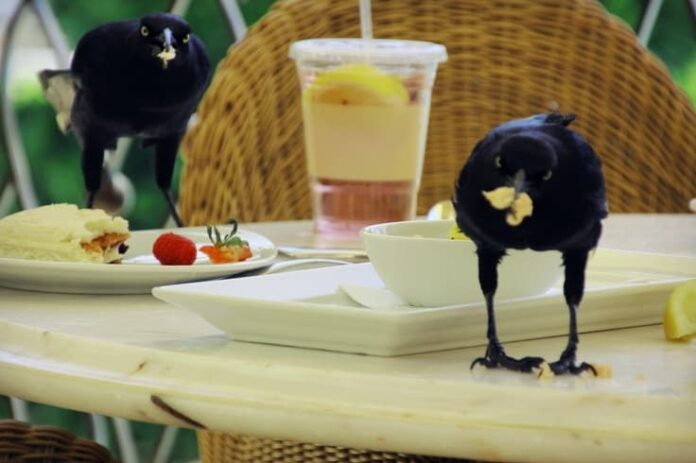Humans have pirates while animals have kleptoparasites, the animals that steal and take food from their own kinds or other species. The birds that snatch your sandwiches in the park are not an accident, they do that on purpose. This is why we are going to talk about kleptoparasitic animals today because there are actually a lot of them. You will find 10 of these animal pirates in the list below, and don’t forget to share your thoughts.
1Common Buzzard
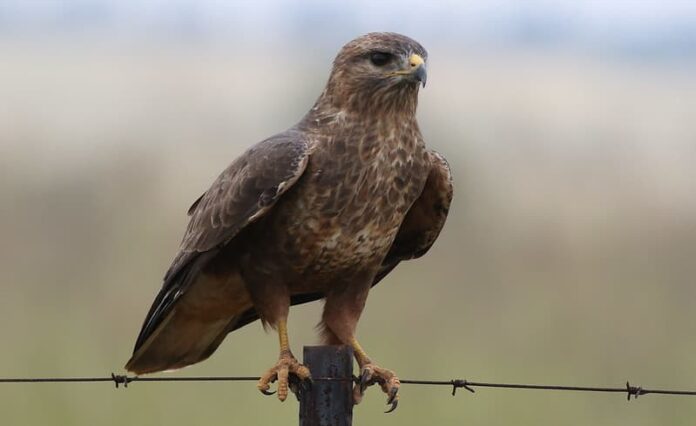
The common buzzard is a bird of prey with medium to large size that lives in most parts of Europe. This buzzard species is an opportunistic predator that can take on a number of prey like rodents and small mammals. In fact, they are amazing hunters that can capture prey as small as beetles to as large as adult grouse. When not hunting, they also take food from smaller birds since they are one of the kleptoparasitic animals in the kingdom. At the same time, larger birds of prey out there also force them to give their food in another form of kleptoparasitism. Simply put, the common buzzards experience everything when it comes to looking for food.
2Corvid
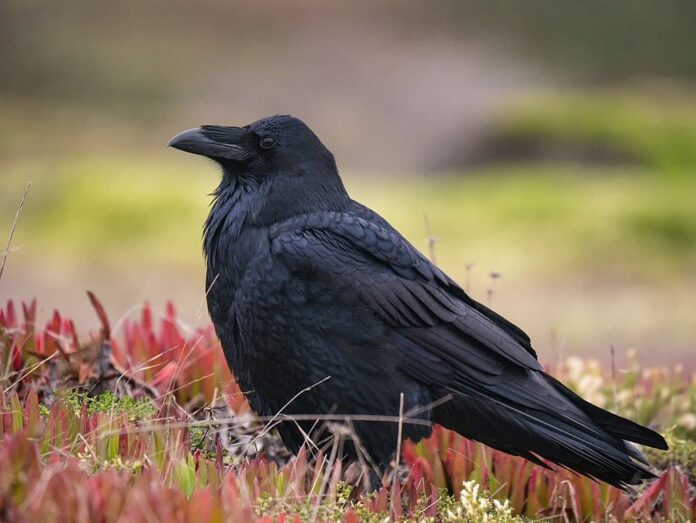
When it comes to corvid, we want to stress on all 120 species of them including crows, jays, ravens, etc. It is very common for these birds to take food from other birds or even humans when they are hungry. A perfect example of that is the carrion crow, the species that live in coastal cliffs, inshore islands, and parks. When they live by the shores, their most favorite food is mollusks. However, their ability to open those tasty meals is not as good as most other birds in the region. As kleptoparasites, they simply steal the mollusks from oystercatchers after they opened the mollusks like mussels, oysters, and more.
3Dewdrop Spider
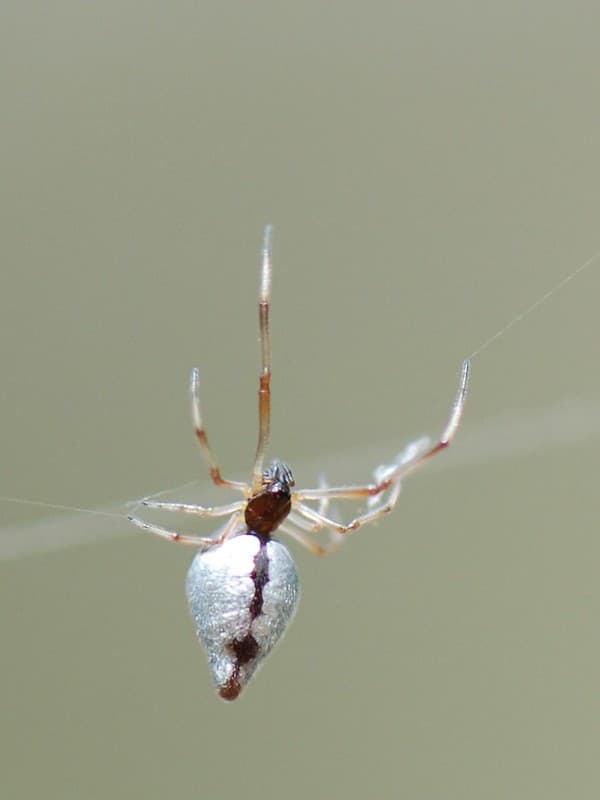
Things are never pretty with they involve arachnids, and kleptoparasitism is just as ugly with these spiders. Dewdrop spiders steal food from other spiders’ webs, and they even move in and steal the webs sometimes. To some extent, it is beneficial to some spiders because the dewdrop spiders help clean up smaller prey. In case the litter is not enough to fulfill their hunger, dewdrop spiders will also devour the web’s owners as desserts. These spiders come from, Australia no doubt, but you can also find them in New Caledonia and New Zealand.
4Eagle
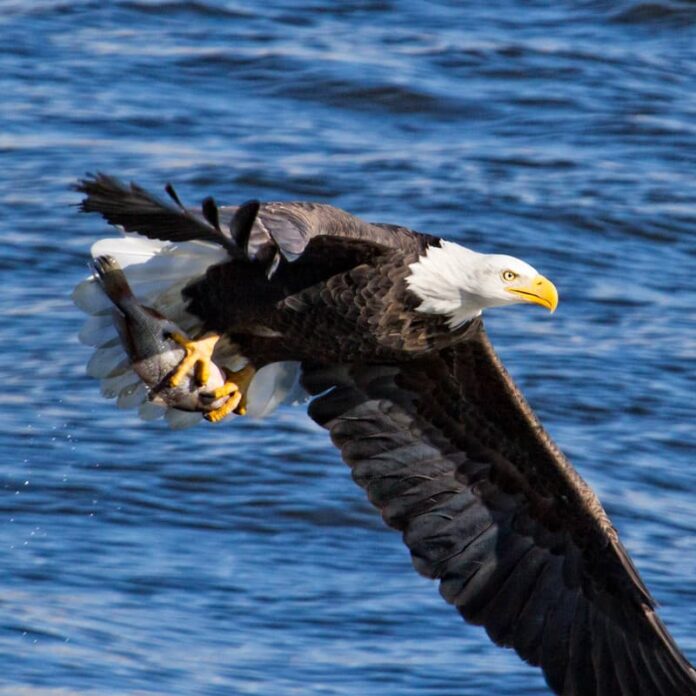
Raptors are powerful and all, but that doesn’t stop them from being lazy sometimes. Bald eagles occasionally attack smaller raptors like ospreys to steal fish that they had caught. They have also been reported to pirate dunlins and ducks captured by Peregrine falcons by following them. Despite being fierce hunters themselves, eagles are opportunistic birds so it is not unusual for them to steal food from others.
5Fork-Tailed Drongo
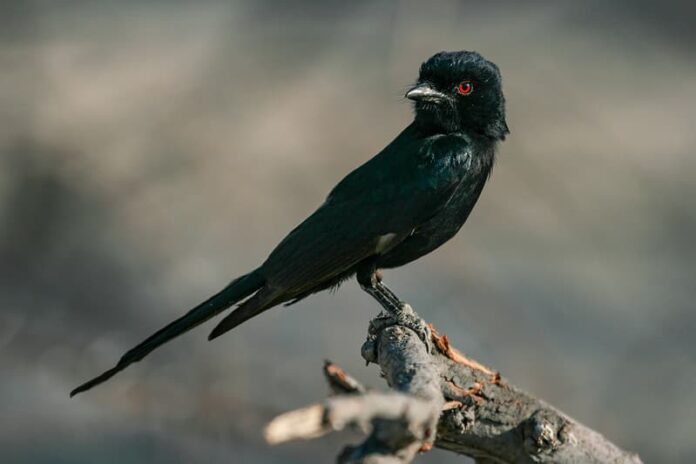
While most kleptoparasites attack other animals to steal their food, fork-tailed drongos use their talent to get easy meals. Being good at mimicry, the fork-tailed drongos mimic false alarm calls to scare other species and then steal their food. For example, a fork-tailed drongo uses a specific alarm call made by meerkats to alert each other when there are predators. Once the meerkat with a meal hears the alarm call, it abandons the food then the bird gets its food. This method is useful for them because sometimes it is impossible for them to attack larger animals for their food. To be safe while getting free food without having to fight, mimicking false alarm calls is the perfect thing to do.
6Gull
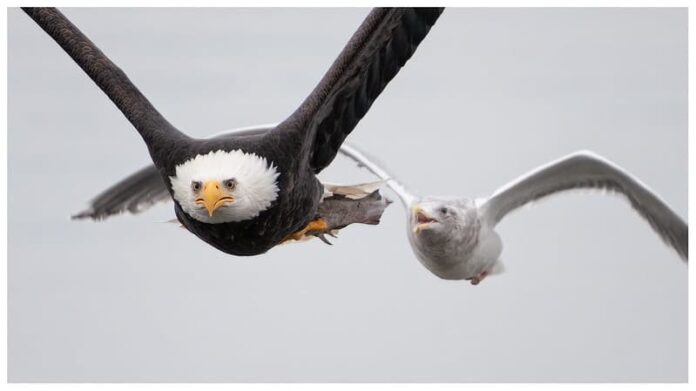
Love eating fish but can’t dive, and that turns many gulls into kleptoparasites that steal food from other diving birds. Some of them are so skillful at doing it that they are even able to steal prey from raptors out there. And of course, several gull species steal food from humans like takeaway food at the seaside resorts. With other birds, the gulls observe and lurk nearby then quickly grab the fish and other catches before escaping. Things are the same with humans, it is not uncommon to lose sandwiches to gulls and other kleptoparasitic birds.
7Hyena
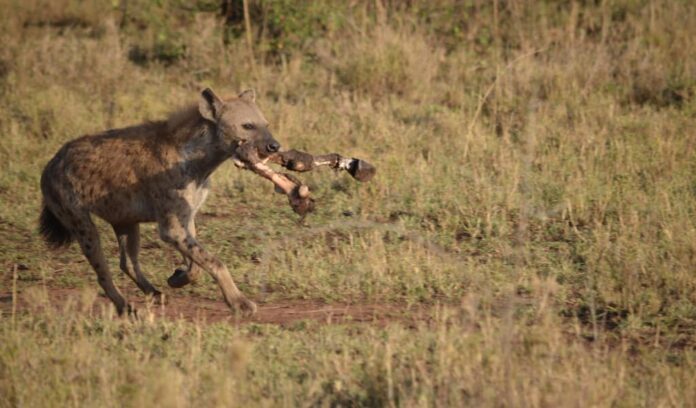
Normally, hyenas are scavengers that go after eaten meals by lions and other predators in the savanna. Along with that, these hysterical animals are also capable of hunting by themselves if they need to. Hyenas can either hunt alone or in groups, and their extremely strong canine teeth and jaws always come in handy. When they do not hunt and scavenge, they steal food from animals by working in a team. There has been footage of hyena cackles chasing a lion away to take over his prey, how ironic. Hyenas practice kleptoparasitism when the opportunity is open, making them one of the most common kleptoparasitic animals.
8Magnificent Frigatebird

If you want to talk about bravery in kleptoparasitism, count the magnificent frigatebirds aka the man-o’-war birds in. These birds are pirates of the sea that would soar above and steal food from seabird colonies like the blue-footed booby. Their kleptoparasitic tactic is by waiting for parent birds to return to their nests with food for their young. When that happens, these agile and fast kleptoparasites swoop in vigorously for the meal. Female and juvenile frigatebirds do most of the attacks because male frigatebirds are not kleptoparasitic near their breeding colony.
9Peregrine Falcon

So Peregrine falcons are the victims that suffer from food stealing crimes by bald eagles, corvids, and gulls. However, these falcons are also kleptoparasites that would rob food from other birds that are their potential prey. On some occasions, a Peregrine falcon would scare the smaller birds like crows away from the meal that they caught. This could be time-consuming and unsuccessful but that does not mean that the chance is zero. Sometimes the victims can also be the predators, and Peregrine falcons are one of those animals.
10Sperm Whale
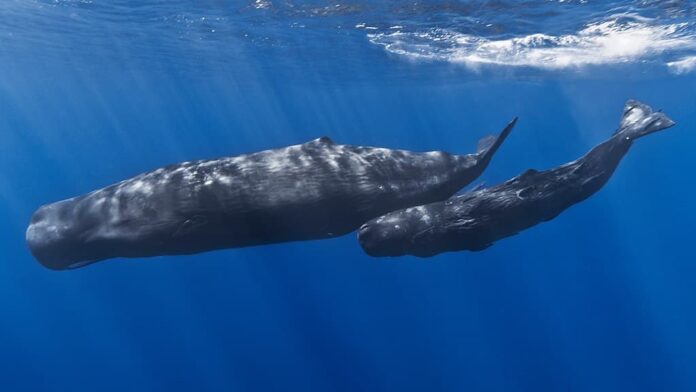
Unexpectedly, sperm whales are one of the kleptoparasites that steal food from others when their daily catch is not enough. Sperm whales steal fish from commercial fishers and fisherman’s lines, making them the largest kleptoparasites in the world. Sometimes fishermen spot sperm whales sneaking fish from the nets, it seems like they know that those are easy meals. It all began when fishermen notice depleted hauls then one of them recorded a video of the culprit; a sperm whale. A sperm whale was nimbly plucking a sablefish off the end of the line with its tongue. Sperm whales use their sonar to track a fishing boat to sneak some free meals, smart indeed.
Bonus: Chinstrap Penguin
While almost all kleptoparasites out there steal food from other animals, chinstrap penguins are rather unique kleptoparasitic animals. Primarily male chinstrap penguins, they normally steal rocks from other penguin nests to expand the size of their own nests.
Related Post: Animals That Drink Blood As Food

